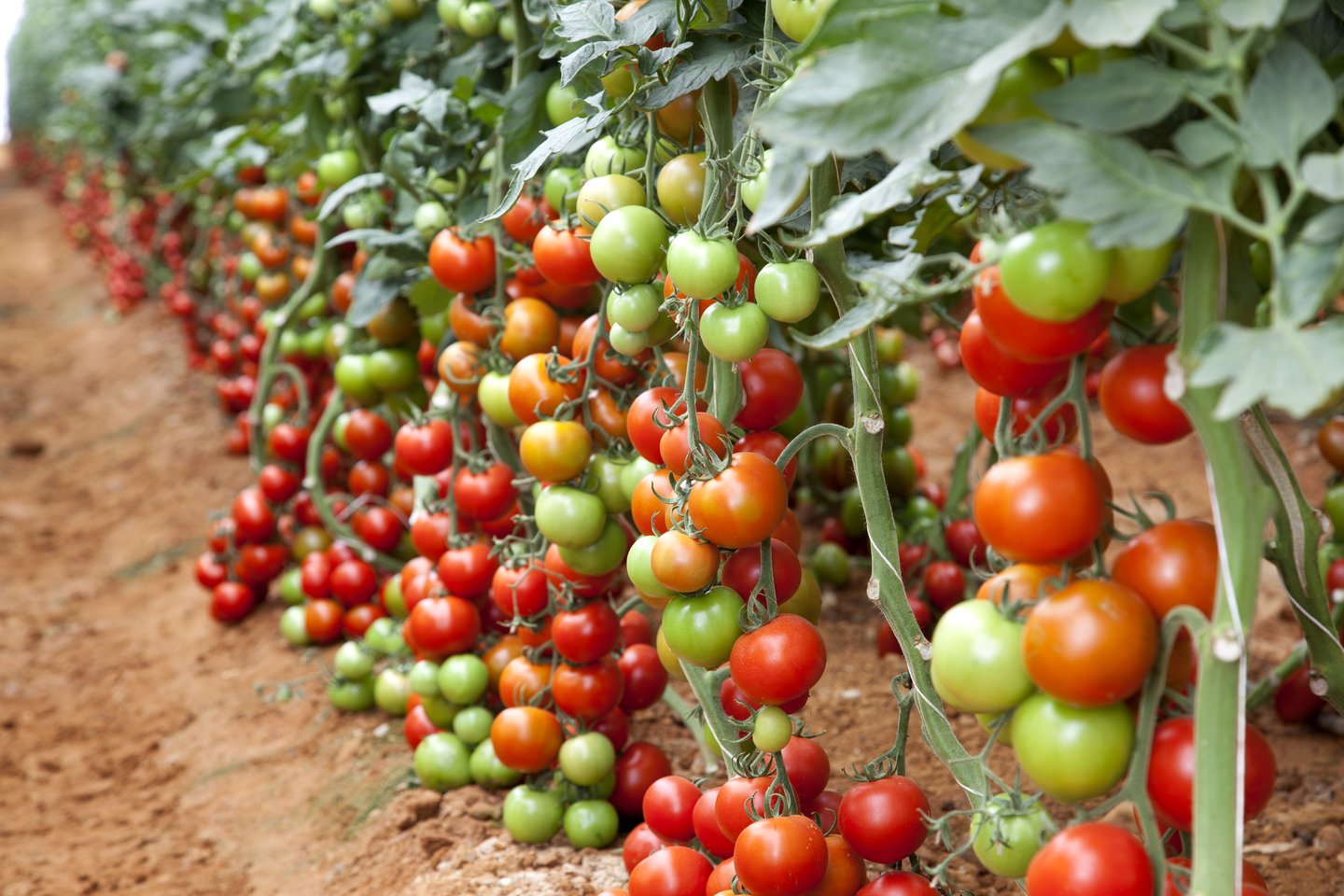

Water-soluble fertilizers dissolve quickly, but it’s also easier to over-fertilize with this type of fertilizer. For extended fertilizing, choose slow release formulas, which release nutrients over a longer period than water-soluble products. As it rains or you water your plants, the granules release nutrients into your soil. All you need to do is sprinkle the mini pebbles around the base of your plants. Granules are probably the most convenient type of fertilizer. Wondering which form of fertilizer is ideal for tomatoes? It largely depends on your preference. Adding compost and organic amendments can help improve the overall health and condition of the earth. It may be wise to work on conditioning the soil before adding nutrients. In thick rocky or clay soils, your plants may have trouble accessing required nutrients. It’s important to consider the pH level and condition of your soil, as well. Consider Your Soilįertilizing isn’t only about adding your nutrients and moving on. The biggest tip to follow is to avoid high concentrations of nitrogen when choosing a fertilizer, which will help you avoid tall plants without fruit set. The reason? Too much nitrogen may cause your plants to grow lots of leafy green foliage without many blossoms and fruit. Ready to start fertilizing? If all is well with your soil – meaning your nutrients are balanced – go ahead and purchase a fertilizer that contains slightly more phosphorus and potassium than nitrogen.ĭoes your soil need an infusion of nitrogen? An ideal tomato fertilizer in this situation is one that is balanced, not high in nitrogen. Adding fertilizer without knowing the nutrient composition of your soil may lead to over-fertilizing, which is wasteful and may cause growth issues. Ideal fertilizer for tomatoesīefore you start liberally sprinkling fertilizer all over your garden, get a soil test. Tomatoes are heavy feeders, and they need plenty of nutrients to thrive throughout the season. Tomatoes need all three, but in the wrong combination you might end up with leafy growth and no fruit.


Potassium is necessary for healthy root growth. Phosphorus is required for blossom (and thus fruit) to form.
Fertilizing tomato seedlings full#
Different plants, tomatoes included, require different amounts of each nutrient.įor all plant life, nitrogen allows for thick, full leaf growth. Like all plants, tomatoes require three main macronutrients: nitrogen, phosphorus, and potassium, otherwise known as NPK.


 0 kommentar(er)
0 kommentar(er)
